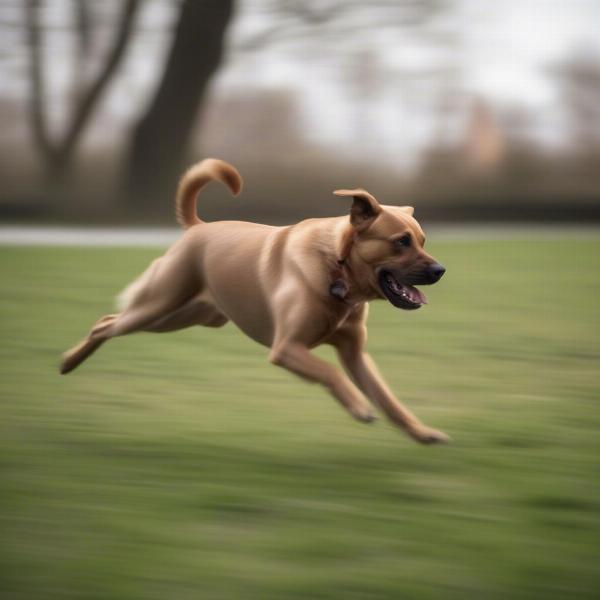Dog reference photos are invaluable tools for artists, breeders, and even everyday dog owners. Whether you’re commissioning a portrait, studying canine anatomy, or simply wanting to capture your furry friend’s best angles, having a collection of high-quality reference photos can make all the difference. This guide will explore the various uses of dog reference photos, offer tips on taking the perfect shot, and discuss how to organize and utilize your growing collection.
Why Are Dog Reference Photos Important?
Dog reference photos serve a multitude of purposes. For artists, they provide crucial details about a dog’s unique features, coat texture, and musculature. Breeders can use them to track the development of their dogs and showcase their conformation. Even pet owners can benefit from having a visual record of their dog’s growth and changes over time. They are also essential for creating personalized gifts, like custom portraits or phone cases. Having a variety of poses, from playful action shots to calm, static poses, opens up a world of creative possibilities.
 Chó chạy trong công viên
Chó chạy trong công viên
Capturing the Perfect Dog Reference Photo
Taking good dog reference photos is more than just snapping a quick picture. Here’s what to consider:
- Lighting: Natural light is ideal. Avoid using flash, as it can create harsh shadows and distort colors.
- Background: A simple, uncluttered background is best. This will help the dog stand out and make it easier to focus on its features.
- Angles: Experiment with different angles. Shoot from the side, front, and back to capture a complete picture of the dog’s structure.
- Focus: Make sure the dog’s eyes are in focus. Sharp, clear images are essential for reference purposes.
- Patience: Be patient and work with your dog. Use treats and positive reinforcement to encourage cooperation.
Dog Photography Tips for Specific Purposes
Different situations call for different types of dog reference photos. Here are a few examples:
Portraits:
For portraits, focus on capturing the dog’s personality. Close-ups of the face are ideal, highlighting the dog’s expression and unique features.
Anatomical Studies:
For anatomical studies, clear, well-lit photos that showcase the dog’s structure are essential. Side profiles are particularly helpful for understanding the dog’s proportions and musculature.
Action Shots:
Capturing action shots can be challenging, but they can be incredibly valuable for artists and anyone who wants to capture their dog’s dynamic energy. Use a fast shutter speed to freeze the motion.
Organizing Your Dog Reference Photos
As your collection of dog reference photos grows, it’s important to keep them organized. Create folders based on breed, pose, or any other criteria that makes sense for your needs. This will make it easy to find the perfect photo when you need it. Digital asset management software can be a helpful tool for larger collections.
Conclusion
Dog reference photos are an invaluable resource for anyone who loves dogs. Whether you’re an artist, breeder, or simply a proud pet owner, taking the time to capture high-quality reference photos will allow you to appreciate and celebrate your canine companion in countless ways. Start building your collection today, and you’ll be amazed at how useful these photos can be.
FAQ
- What is the best time of day to take dog reference photos? The golden hours (sunrise and sunset) offer soft, diffused light that is ideal for photography.
- What kind of camera do I need for dog reference photos? While a professional camera can produce stunning results, even a smartphone camera can capture great reference photos.
- Can I use dog reference photos found online? Always respect copyright laws. Only use photos that you have permission to use, or that are in the public domain.
- How many dog reference photos should I take? The more, the merrier! Having a variety of photos will give you more options to choose from.
- What if my dog won’t sit still for photos? Be patient and use positive reinforcement. Try using treats or toys to keep your dog engaged.
ILM Dog is your global resource for all things dog-related. We offer expert advice on dog breeds, health, training, nutrition, grooming, and much more. Whether you’re a seasoned dog owner or just starting your journey with a furry friend, ILM Dog has the information you need. Contact us today to learn more! Email: [email protected], Phone: +44 20-3965-8624. Visit us online at ILM Dog.